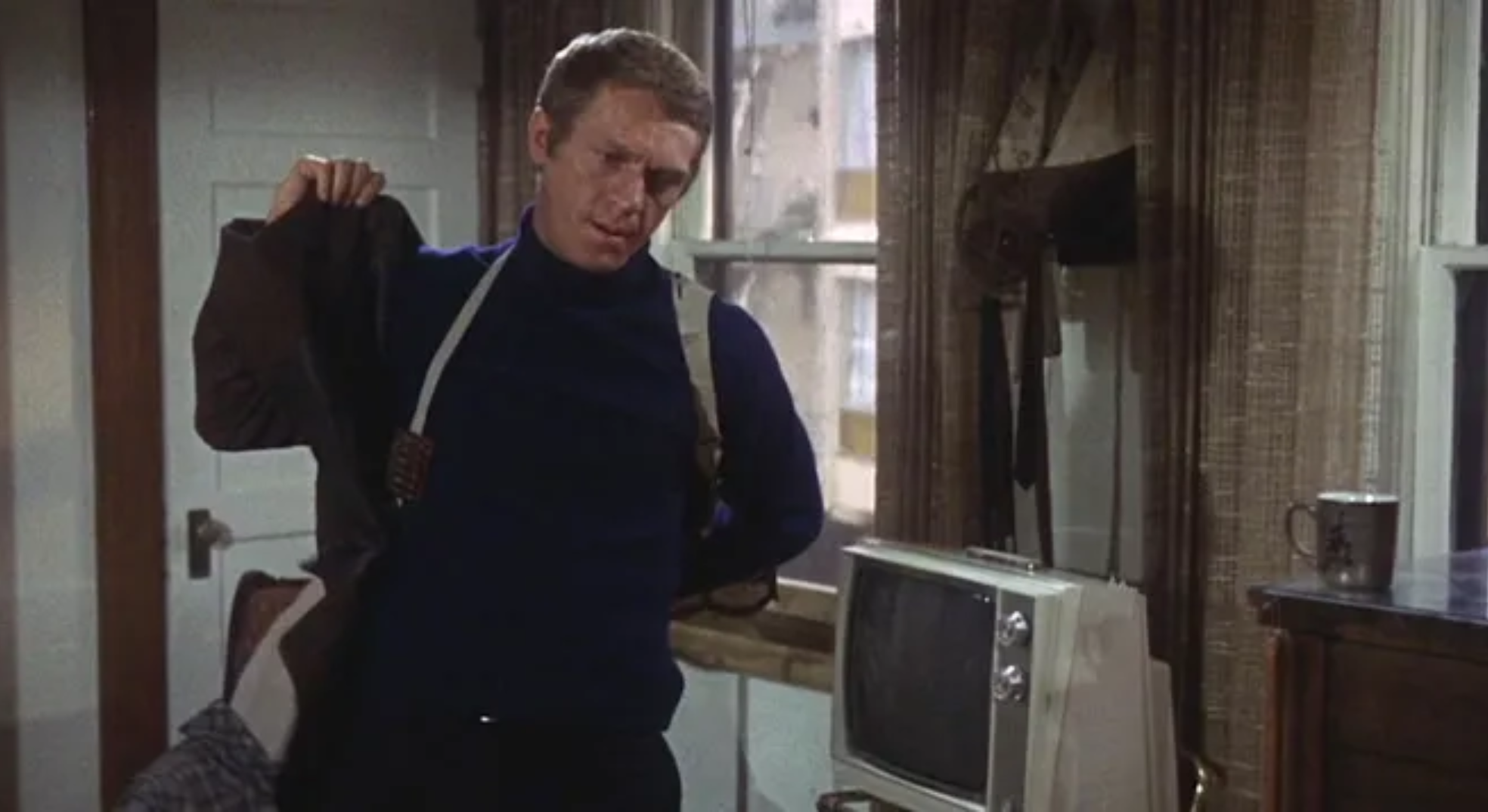Aren’t shoulder holsters just so flipping cool? Maybe it’s because I’m a child of action movies from the 80s and 90s, but I’ve always loved shoulder holsters. My first holster for a cheap German single-action .22LR revolver was a shoulder holster. Literally a craptastic Uncle Mike’s holster. They have a charm that an appendix carry rig will never have.
It’s a bit like a medium frame .357 Magnum revolver with a stainless finish. It’s charming in a way a Glock can never be. However, we all admit the Glock is the better combat weapon. So, with that in mind, is the shoulder holster still a relevant option? Specifically for concealed carriers? We aren’t in a 1980s buddy cop show, but maybe the shoulder holster still has some relevance.
What Are The Benefits of a Shoulder Holster?
Shoulder holsters tend to excel in niche scenarios. They can be a great option for someone driving a lot or taking a long road trip. Last year, I went to Texas on a 12-hour road trip. I wore a Galco Miami 2 and my P365XL, and I was quite comfortable. Beyond comfort, it’s also really easy for me to draw from a shoulder rig while seated.
Advertisement — Continue Reading Below

Plenty of folks can draw quickly from an appendix holster while driving, but for me, 12 hours of driving with any appendix rig sounds like torture. Maybe it’s just me, or maybe the fact I’m a big guy in a small car. Accessing a strongside holster can be slower while seated, and pocket carry goes out the window.
The shoulder holster seems to rule in situations where the user is forced into a seated position for a long period of time. It’s tough for me to find other situations where the shoulder carry position would be beneficial. Maybe if I was stuck driving a tank or patrolling through a jungle, it would be nice, but neither of those relates to concealed carry.
Advertisement — Continue Reading Below

There used to be a benefit to wearing full-sized guns. It used to be easier to conceal a full-sized rig with a shoulder holster. It still is, but modern appendix rigs and the appendix position conceal full-sized guns better than shoulder rigs.
What Are The Downsides?
There are many downsides. A good shoulder holster is expensive. Plan to spend a minimum of 100 dollars to buy one. Most shoulder holsters are also leather rigs, and leather requires constant monitoring and maintenance. Users will have to ensure the holster doesn’t get floppy, or it could pull the trigger.
Advertisement — Continue Reading Below
One of the few companies that produces modern polymer holsters is Safariland. (To be completely transparent, I create content for Safariland.)
Another issue with shoulder holsters is how slow it is to draw from. You’ll never get a sub-second draw; depending on the rig, you might never get faster than 1.5 seconds. An appendix rig, even in a vehicle, can be faster than that.

Advertisement — Continue Reading Below
You also have to wear a cover garment, which means a light jacket or overshirt. That’s a hassle and a half.
One of the most prominent issues with shoulder rigs is how easy it is for someone to take your gun. It’s literally presented outward, and anyone can just reach forward and grab it. Most retention devices won’t do much for you. The ALS on the Safariland rig might be the least accessible to unauthorized takes, but it could still become a fight for your gun.
So Are They Still Relevant?
In most situations, no. They are not very relevant and not the best or even a good option. In some limited roles, they can be handy, like long road trips, but that’s niche. It’s a very expensive option for a very niche use case. If you’re shopping for a concealed carry holster, your money would be better spent with a premium polymer-type AIWB/IWB rig from a company like Phlster or Harry’s Holsters.
Advertisement — Continue Reading Below

Shoulder holsters might not be all that relevant these days, but they are still pretty cool. The only time I’ll wear a shoulder rig is if I need to LARP as a 1940s investigator or if I’m going on a long road trip.
Advertisement — Continue Reading Below















